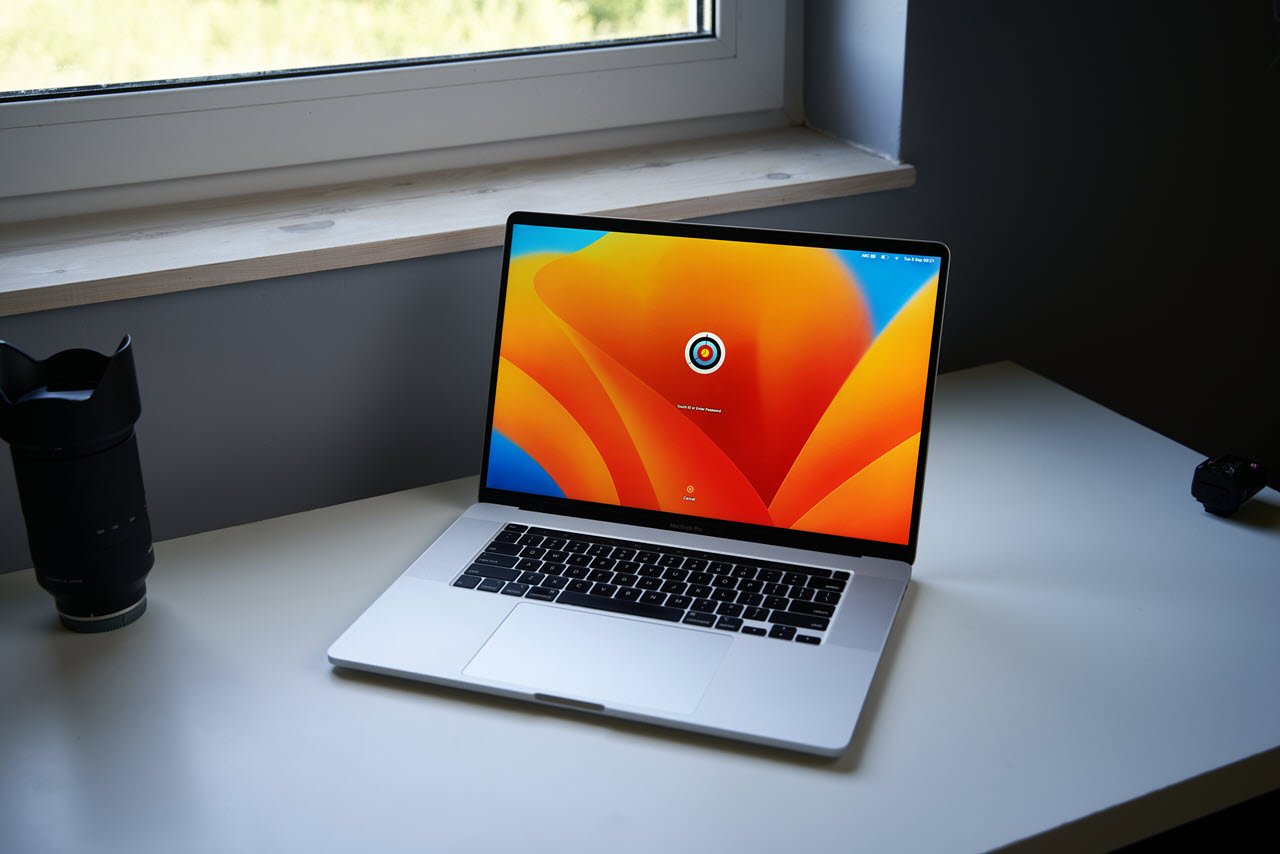When you have an iPhone and a Mac, they usually work together and talk to each other in various ways. This is what makes the Apple system so smooth and unique. However, if you ever want to separate your iPhone from your Mac, there are many ways.
This article discusses various ways to help you disconnect your iPhone from the Mac safely to avoid accidental syncing.
Below we have discussed.
- Disconnect iPhone from Finder on Mac
- Remove your Mac from your Apple ID
- Unpair Bluetooth connection between iPhone and Mac
- Disconnect your Mac from your iPhone personal hotspot
- Disable AirDrop
- Disable Handoff on iPhone and Mac
- Stop iCloud syncing between iPhone and Mac
- Stop receiving iPhone messages on Mac
- Disconnect incoming iPhone calls on your Mac
Also read: Fix: Safari not working on Mac
Disconnect iPhone from Finder on Mac
Step 1: Connect your iPhone to your Mac through a USB cable and open the Finder.

Step 2: Choose your iPhone from the sidebar.
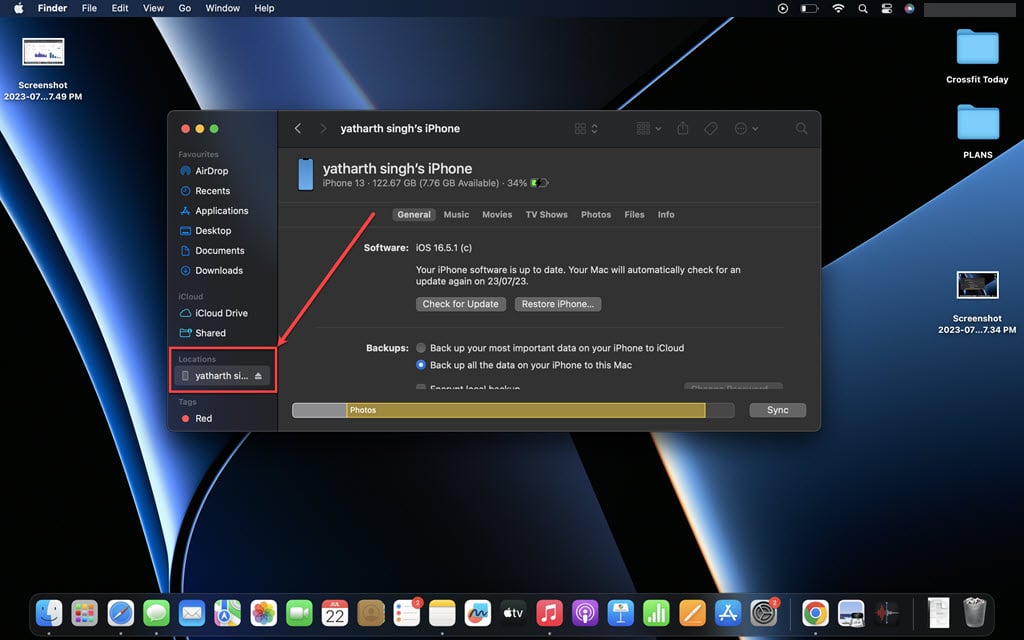
Step 3: Click on the General tab, and in the Options section, uncheck the box beside Show this iPhone when on WiFi option.

Remove your Mac from your Apple ID
All your Apple devices must be logged in with the same Apple account to use iCloud and its syncing features. It is best to remove your Mac from Apple ID to stop the syncing process. To do that, follow the steps below.
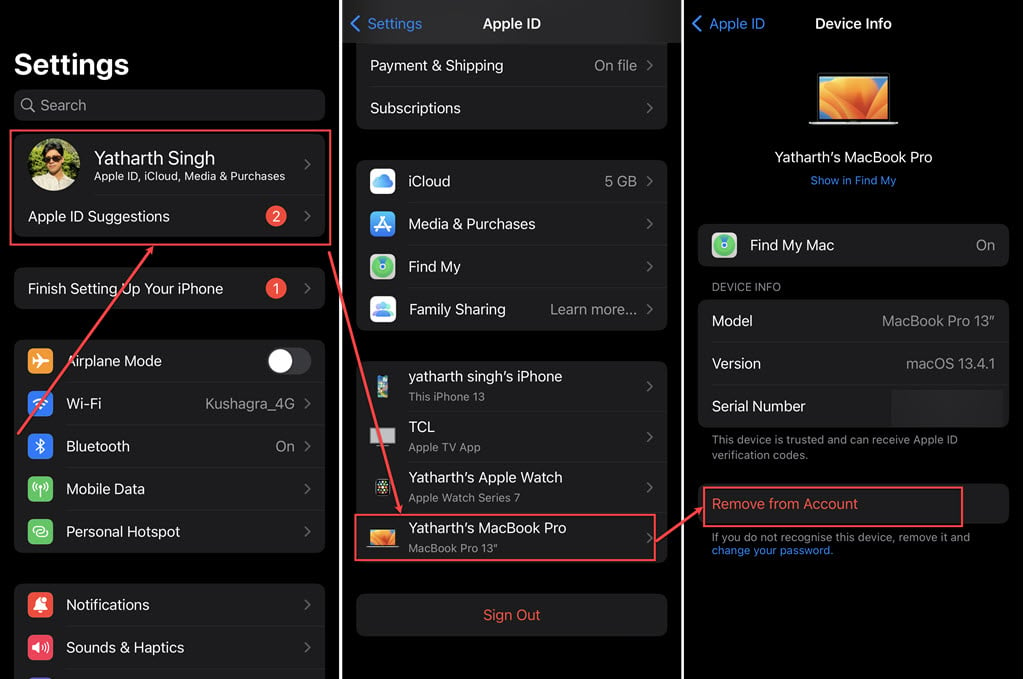
- On your iPhone, open Settings and tap on Apple ID.
- In the list of devices at the bottom of the screen, tap on your Mac.
- Tap on Remove from account.
- Tap Remove to confirm.
Also read: Why is my iPhone camera blinking? Quick Fix
Unpair Bluetooth connection between iPhone and Mac
To unpair your iPhone from your Mac, follow the steps below.
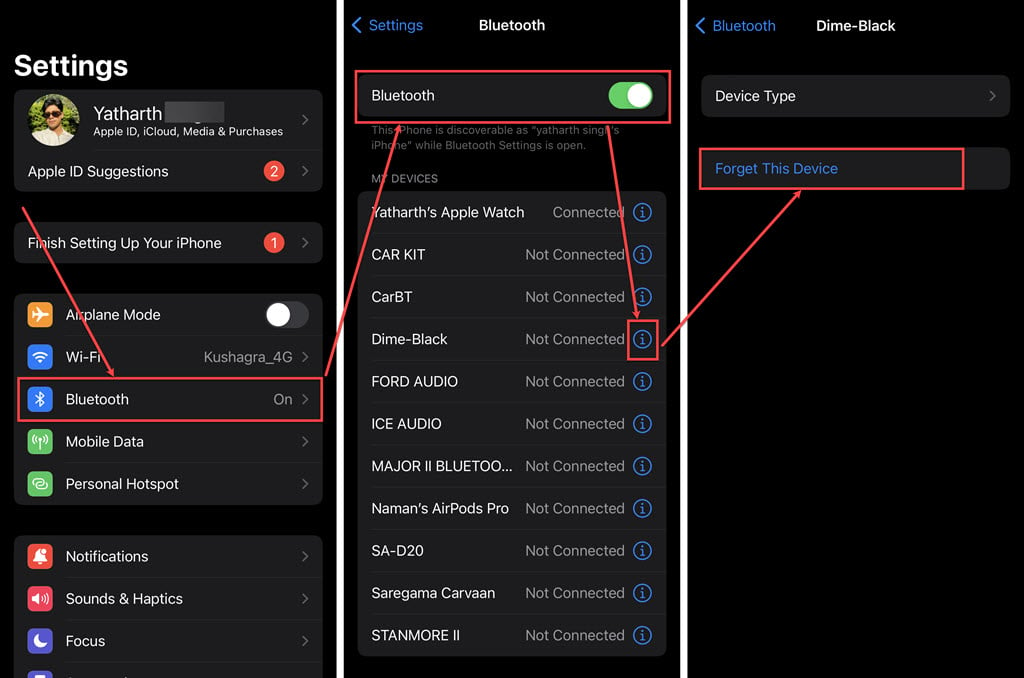
- On your iPhone, open Settings and tap on Bluetooth.
- Turn the toggle on beside Bluetooth to enable it. From the list of devices, click on the i (info) icon beside the device you want to disconnect.
- Tap on the Disconnect or Forget This Device option.
Disconnect your Mac from your iPhone personal hotspot
The iPhone’s Personal Hotspot feature allows your Mac to easily connect to the internet, even when no nearby WiFi network is available. To stop using it, click on your iPhone in the Mac’s WiFi menu or select a different hotspot.
If you want to stop your Mac from asking permission to connect to your iPhone repeatedly, follow the steps below.
Step 1: Click on the Apple menu, and then in the dropdown menu, click on System Settings.

Step 2: In the sidebar, click on Network, then click on WiFi and then turn the toggle off beside Ask to join hotspots.
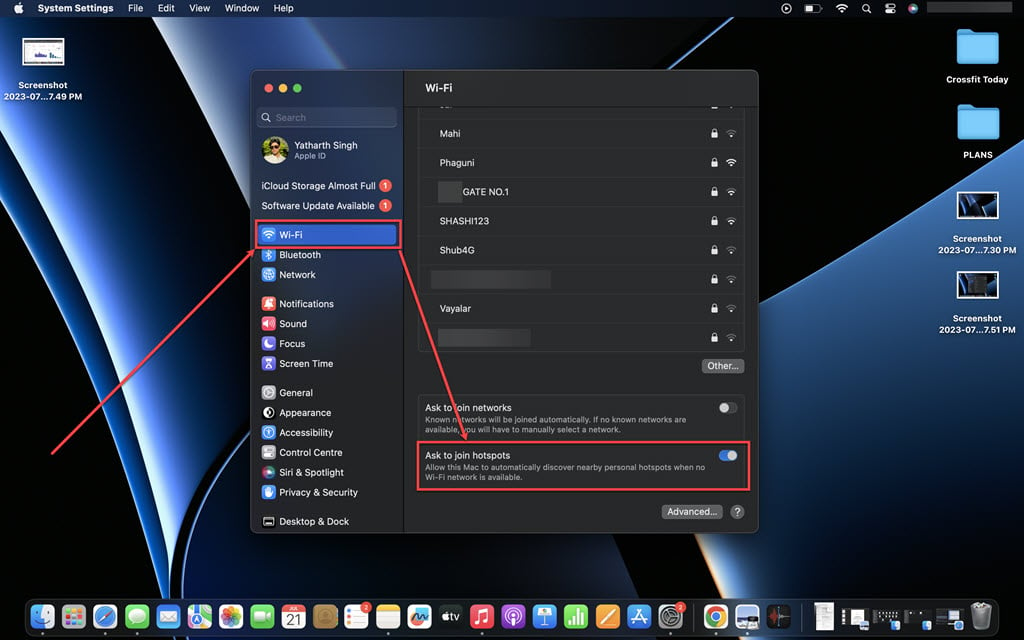
Also read: What is the BKUP file extension?
Disable AirDrop
If you don’t want your iPhone to appear as an AirDrop option on your Mac, disable AirDrop on your iPhone. To do that, follow the steps below.

- On your iPhone, Open Settings and tap General
- Tap on AirDrop.
- Then, tap on Receiving Off. Remember that turning off AirDrop on your iPhone will also prevent it from receiving files from other devices through AirDrop.
On the other hand, you can ensure that your Mac doesn’t appear in AirDrop on your iPhone. To do that, follow the steps below.
Step 1: Launch Finder. Then in the sidebar, click on AirDrop and change the setting to Allow me to be discovered by: No One.

Disable Handoff on iPhone and Mac
Handoff can be very useful when you want to continue something from your iPhone on your Mac or vice versa. But the constant reminders on the Dock can be bothersome.
To disable Gandoff on Mac, follow the steps below.
Step 1: Click on the Apple menu and then click on System Settings.

Step 2: In the sidebar, click on General, then click on AirDrop & Handoff.

Step 3: Turn the toggle off beside Allow Handoff between this Mac and your iCloud devices. However, if you disable Handoff, the Universal Clipboard will also stop working between your iPhone and Mac.
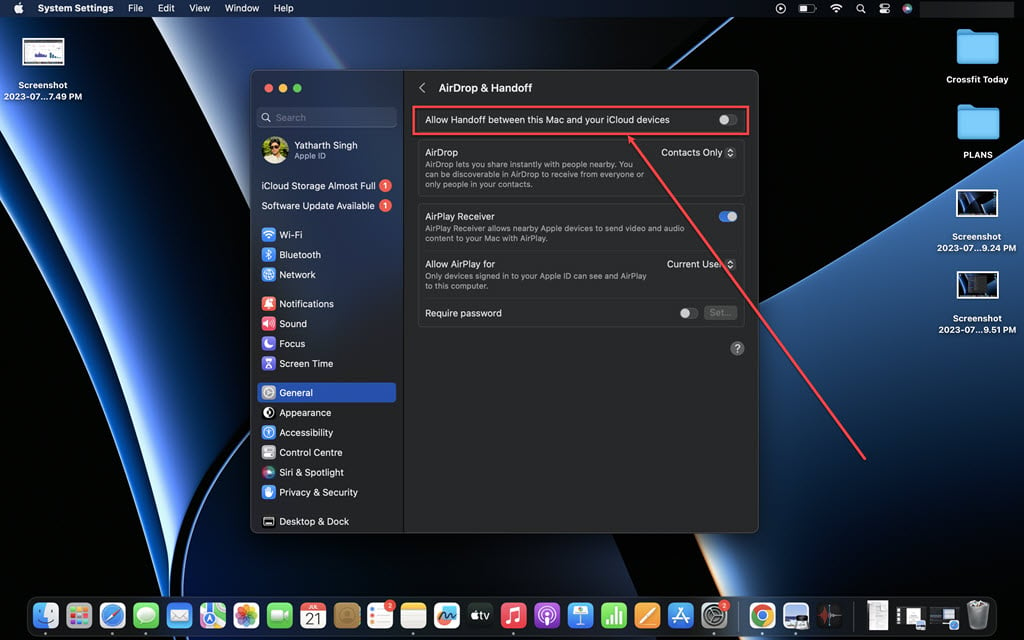
If you want to continue using Handoff on your Mac but wish to stop receiving prompts on your iOS device, follow the steps below.
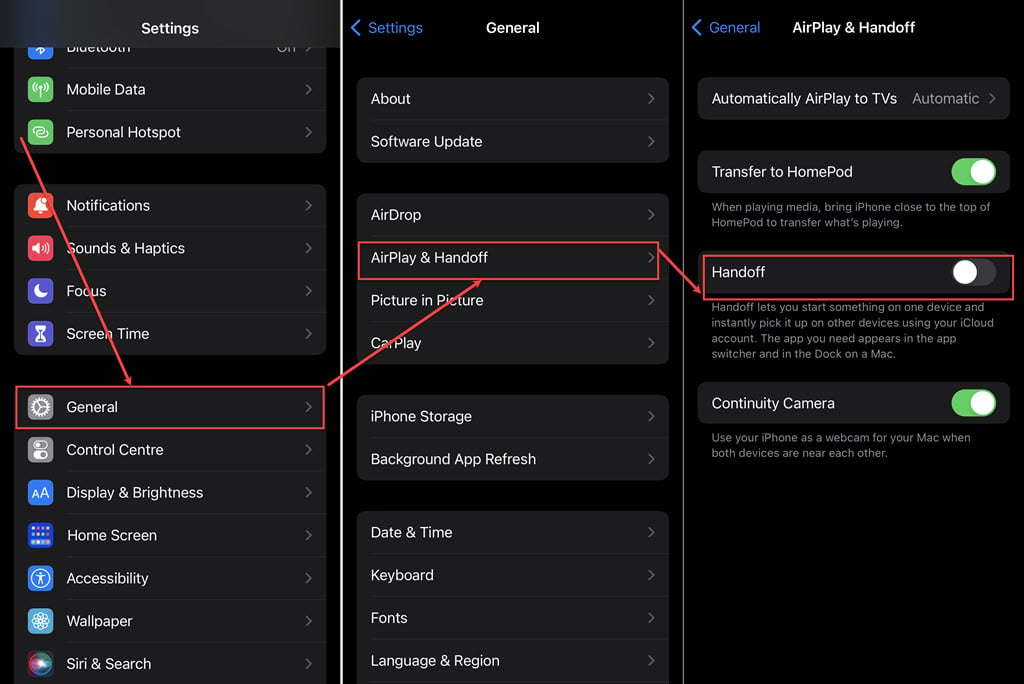
- On your iPhone, go to Settings and tap General
- Tap on AirPlay & Handoff.
- Turn the toggle off beside Handoff.
Also read: Bark App Review: Good enough to keep your kids safe online?
Stop iCloud syncing between iPhone and Mac
You can turn it off if you want to prevent your Mac from automatically sharing your photos, contacts, and calendar with your iPhone and other Apple devices. To do that, follow the steps below.
Step 1: Click on the Apple menu and then click on System Settings.

Step 2: Click on Apple ID and then the iCloud option.
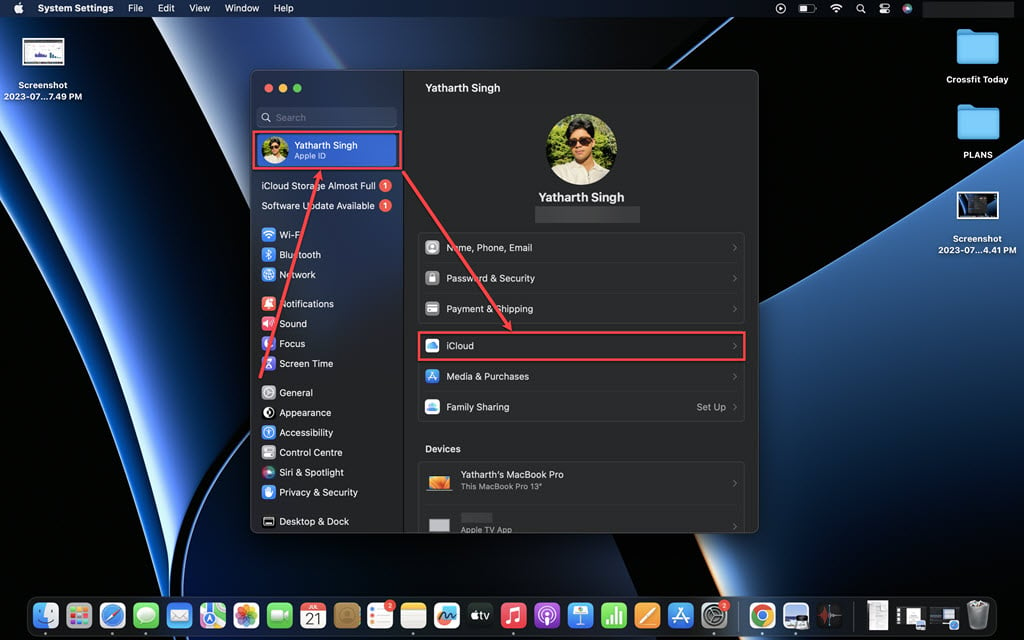
Step 3: Turn off the services you don’t want, like Photos, Contacts and so on.

Stop receiving iPhone messages on Mac
By default, when someone sends you text or iMessage replies to your connected iPhone, they are delivered to your Mac. To stop receiving messages, follow the steps below.
Step 1: On your Mac, open the Messages app.
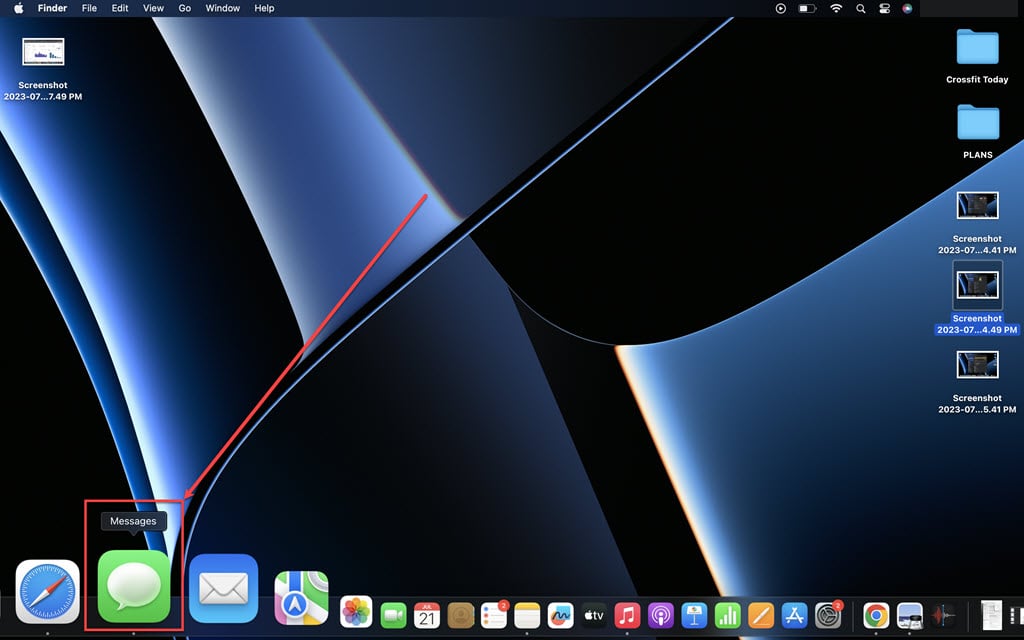
Step 2: Click on Messages, then click on the Settings option in the dropdown menu.

Step 3: Click on the iMessage tab and uncheck the box next to any phone number under You can be reached for messages at.

Also read: How many photos can you Airdrop at once?
Disconnect incoming iPhone calls on your Mac
To disconnect incoming iPhone calls on your Mac, follow the steps below.
Step 1: Open the FaceTime app, click FaceTime, and then click Settings.

Step 3: Uncheck the box beside Calls From iPhone.

Also read: How to use Google Maps for boats?

